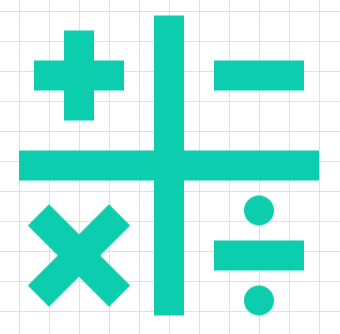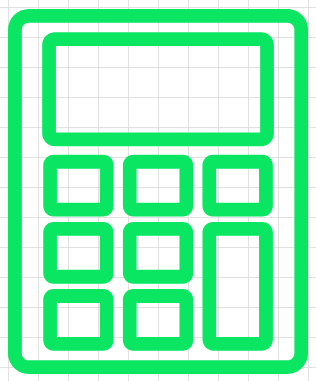Subtraction is one of the foundational operations in arithmetic, taught to children from early on as they start their mathematical journey. Just as there are multiple ways to approach addition or multiplication, subtraction too has various strategies. Understanding and mastering these methods can make the process more efficient, intuitive, and flexible. Let’s explore some popular subtraction strategies and how they might be effectively used.
Traditional Algorithm (Regrouping or Borrowing)
The most common method taught in schools is the traditional algorithm, which involves borrowing or regrouping. Here’s how it works:
- Begin subtracting from the rightmost column (units).
- If the top number is smaller than the bottom number, borrow from the next left column.
- The number from which you borrowed decreases by 1, and the current number gets an additional ten units.
- Continue the process across each column.
This method is systematic and widely used. However, it might be a little abstract for some students. It’s essential to ensure that they understand the conceptual underpinnings of why borrowing works, rather than just rote learning the method.

Check Out Our Free Subtraction Worksheets
Counting Up Method
This method turns subtraction into an addition problem. For instance, if you are subtracting 35 from 67, start at 35 and count up to 67. The amount you counted up is the difference. This is especially useful for problems where numbers are close together. It reinforces the relationship between addition and subtraction and can be visualized using number lines.
Decomposition
Decomposition involves breaking numbers down into their place values and subtracting each part. For 752 – 386:
- Subtract the hundreds: 700 – 300 = 400
- Subtract the tens: 50 – 80 (borrow from the hundreds)
- Subtract the ones: 12 – 6 = 6
The final result is 366.
Compensation Method
This strategy involves rounding the subtrahend (the number being subtracted) to a simpler number, performing the subtraction, and then adjusting the answer to compensate for the rounding. For example, when subtracting 299 from 1000:
- Round 299 up to 300 and subtract from 1000 to get 700.
- Add back the 1 you added to 299 to get the final answer of 701.
Subtraction Using Doubles
If a child knows that 8 + 8 = 16, then they can use that information to determine that 16 – 8 = 8. Recognizing and applying known facts can be faster than computing anew each time.
Using Addition for Subtraction
This might sound counterintuitive, but you can often use known addition facts to solve subtraction problems. If you know that 5 + 4 = 9, then 9 – 4 must be 5. By thinking of subtraction as the “missing addend” in an addition problem, some children can leverage their strengths in addition to help with subtraction.
Subtraction by Visualization
Concrete tools like number lines, base-ten blocks, or even fingers can assist in visualizing subtraction problems. For instance, using a number line to demonstrate 15 – 7, one can start at 15 and move back seven units to land on 8. Visual aids can be especially helpful for tactile or visual learners.
Estimation and Rounding
For situations where an exact number isn’t crucial, rounding both numbers to the nearest ten or hundred and then subtracting can provide a quick estimation. For example, for 743 – 286, round to 740 and 290 respectively. The subtraction becomes 740 – 290 = 450, which is close to the actual answer of 457.

Free Math and English Worksheet Generators
Mental Subtraction
With practice, most people can develop the ability to subtract numbers mentally, especially smaller numbers or numbers with clear relationships (like 1000 – 500). The trick is to find a method that’s intuitive. For some, this might mean breaking numbers down by place value. For others, it might involve counting up or using known doubles.
Summary
Subtraction, while straightforward in concept, opens the door to a variety of strategies that cater to different learning styles and problem types. By being exposed to multiple methods, learners can find the ones that resonate best with them, leading to greater flexibility and fluency in their mathematical abilities. Teachers and educators play a crucial role in presenting these strategies in an accessible manner and helping students see the interconnections between them. Subtraction is not just about taking away; it’s about building a deep understanding of numbers and their relationships.